If you are looking wholesale lighting solutions, click here.
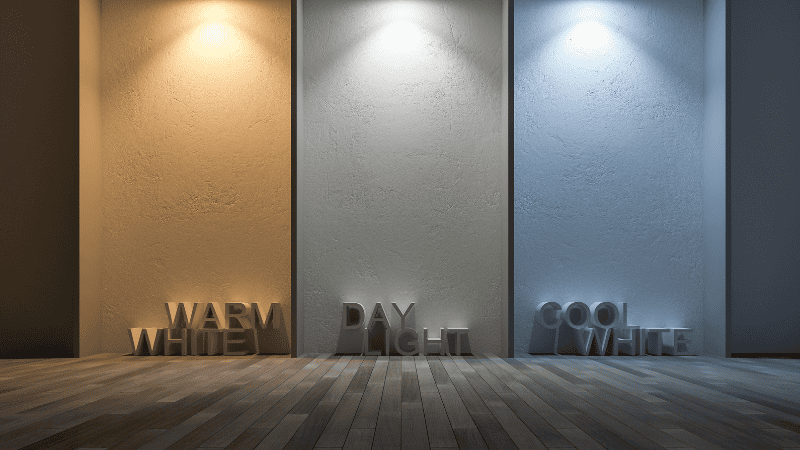
Lighting plays an important role in creating the right mood and enhancing productivity in both homes and workplaces. Choosing the right color temperature for LED lights is key to achieving this.
LED lights can produce a range of color temperatures, from warm and earthy to cool and invigorating. Whether you’re lighting a cozy living room or a bright office, understanding these options will help you select the ideal lighting for your space and comfort your eyes.
Color temperature is one of the important lighting parameters. It defines the color of the LED light that an illumination source produces, measured in Kelvin temperature, which defines the color rendering of the light..
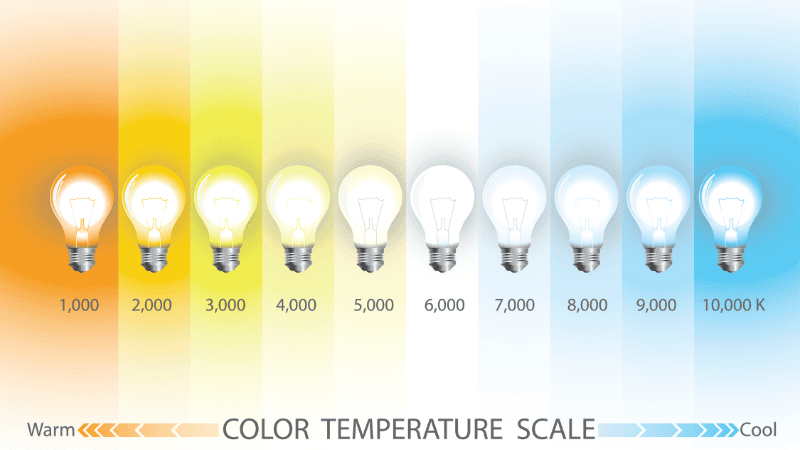
It is concerned with the emotional associations linked to the appearance of a particular indoor space and the rational factors related to the utilization of task lighting in various contexts.
When light is emitted, it glows at a temperature that gives it its color. This temperature is expressed in the Kelvin scale(K), which defines how the light looks: warm or cool.
These warm white lights look like normal unshielded bulbs or candlelight. This design’s lighting makes a room warm and welcoming, making it well-suited for placement in the living room, bedrooms, and dining areas.
It is perfect for places where leisure or small social functions are central activities.
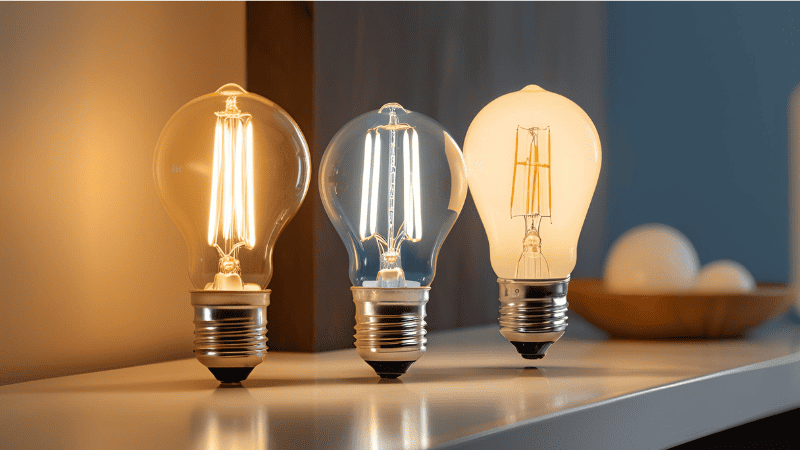
This range is very close to natural, perfect between warm and cool. It is used in offices, kitchens, and bathrooms, and provides clear light but is not as cool as halogen lights.
This temperature range is most suitable for the type of lighting used for general purposes when it is not necessary to provide optimal conditions for a particular kind of work, for example, when cooking, reading, or working at a computer.
Lights in this range emit a bright, bluish light that mimics daylight. They are best used in functional areas that entail high reading, such as offices, carports, or even kitchens, since this kind of lighting offers illuminance that enhances room functionality.
It can also help increase concentration and working efficiency in offices or study places.
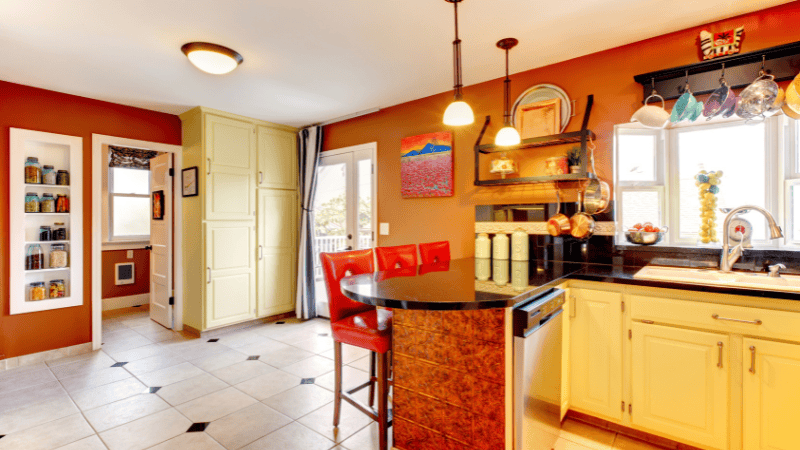
Color temperature measures a light’s warmth or coolness. It depends on the nature of the light fixtures it gives and the temperature at which a ‘black body’ would radiate light, ranging from what may be termed as warm red light at the lower temperatures to a blue light at the higher temperatures.
Color temperature ranges from warm and tender to cool and clear, depending on the occupational character of the part of the house. The spectral power distribution, which explains wavelengths of light emitted by a light source, determines the light source’s color temperature.
For instance, incandescent bulbs generally have a color temperature that yields a warmer light, while LEDs can be designed to provide light of all colors.
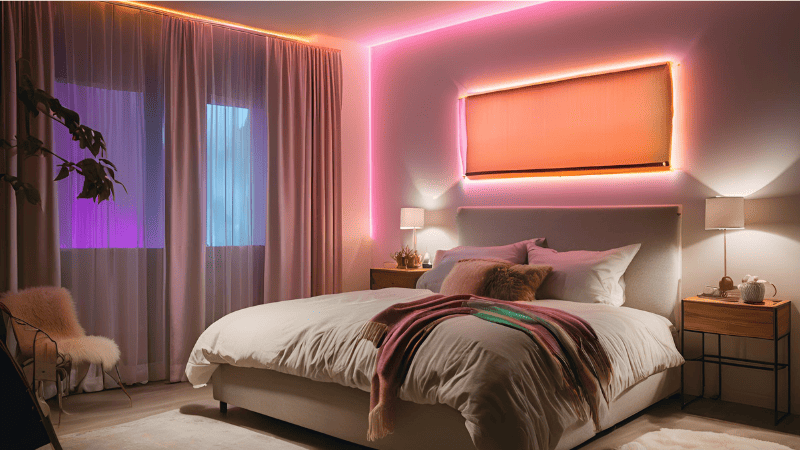
Thus, it is possible to set the color temperature. But more importantly, this control also determines an area’s functionality and appearance.
A study found that approximately 68% of homeowners prefer warm white lighting (2700 K- 3000 K) for living spaces due to its cozy ambiance.
In contrast, 24% favor neutral tones (3000 K- 4100 K) for task-oriented areas like kitchens and home offices, while only 8% opt for cooler temperatures (4100K-5000K), often for garages and workshops.
These preferences underline the importance of selecting LED color temperatures tailored to specific room functions. Here’s a visual guide to help you understand how various color temperatures correlate with different lighting needs:
| Kelvin (K) | Color Appearance | Typical Uses |
|---|---|---|
| 2000K - 3000K | Warm Light | Living rooms, bedrooms, dining areas |
| 3500K - 4100K | Neutral Light | Kitchens, bathrooms, offices |
| 5000K - 6500K | Cool Light | Workspaces, workshops, task lighting |
Warm lighting emits a soft, golden glow that creates a cozy and inviting atmosphere. It’s ideal for residential areas designed for relaxation and intimacy, such as living rooms, bedrooms, and dining spaces.
This color temperature promotes comfort, reduces visual strain in low-light settings, and encourages unwinding after a long day.
Cool white light gives off a clear, bright glow that helps you stay focused and see details more clearly. It’s ideal for kitchens, home offices, workshops, and study areas, any space where you need to concentrate or work with precision.
By mimicking natural daylight, this lighting helps keep you alert and productive throughout the day.
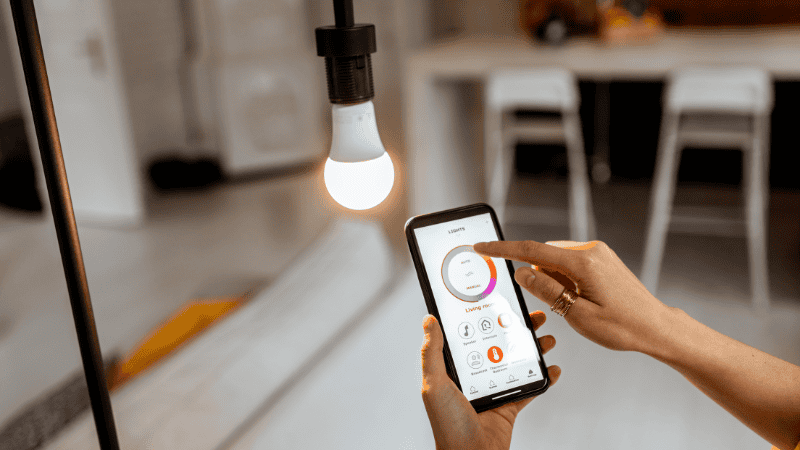
When choosing LED lighting for the interior, and thus for the home or office, it is essential to evaluate the color temperature, as it defines the atmosphere. The color temperature is usually expressed in Kelvin (K) and greatly determines how the room feels and is used.
Whether you’re searching for that perfect standby, warm light for your living room, or the boost, cool light for the office, the correct LED color temperature makes all the difference.
Here is a list of common LED color temperatures and recommendations on how to apply each temperature.
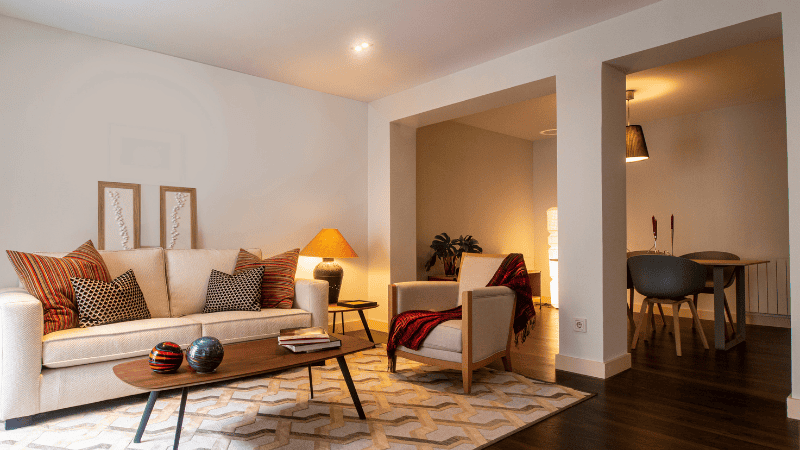
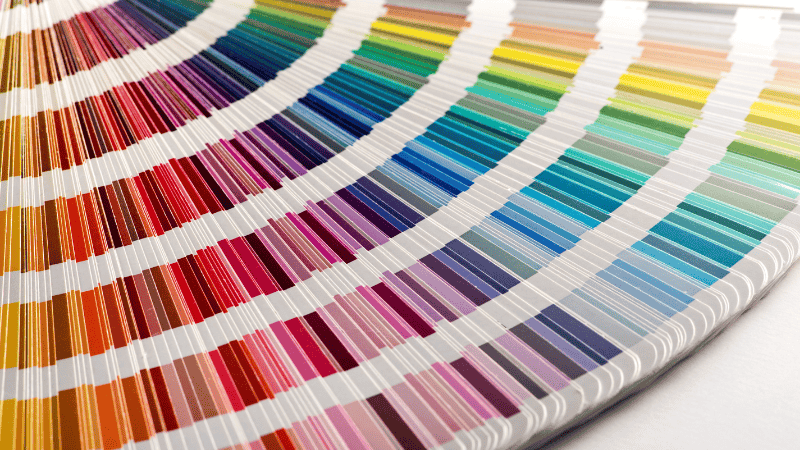
Color Rendering Index, or CRI, is a scale measuring from 0 to 100 that demonstrates how well a light source reveals color compared to a black-body radiator. Thus, according to the value of CRI, the higher it gets, the more accurate and bright the color will seem under that particular light.
Increased CRI of light brings colors as close to natural light as possible, crucial to tasks where discriminable colors are helpful. If you want to learn about the application of the color rendering index in light bulbs, you can click to learn more.
| Color Temperature (Kelvin) | Description | Best Use Cases | Ambiance |
|---|---|---|---|
| 2700K - 3000K | Warm Light (Yellowish/Golden Hue) | Living rooms, bedrooms, dining rooms, relaxation areas | Cozy, inviting, relaxed, and comfortable |
| 3000K - 3500K | Soft White | Hallways, stairways, general indoor lighting | Neutral, calming, and easy on the eyes |
| 3500K - 4100K | Bright White | Task lighting (kitchens, offices, work areas) | Energizing, promotes focus and productivity |
| 4100K - 5000K | Cool White | Commercial/industrial settings (offices, warehouses) | Bright, refreshing, enhances alertness |
| 5000K - 6000K | Daylight (Cooler Light) | Workspaces, garages, outdoor lighting | Crisp, clear, ideal for detailed tasks |
The lighting’s color temperature contributes to the warm and inviting ambiance for such areas and activities. Knowing about these color temperatures should help you arrange your lights to fit your needs for efficiency and looks.
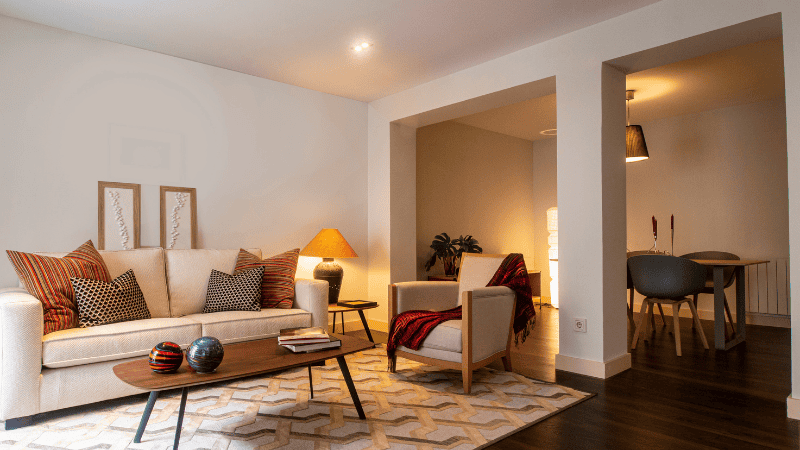
For indoor use, a color temperature between 2700 K and 3000 K is typical and ideal for the living room, bedroom, and dining area.
It adds a touch of relaxation and comfort to these places. Cool white light (4000 K- 4500 K) is utilized in industrial zones, requiring clearer visibility and corridors, since it provides a natural and soothing light.
This light is great for providing visibility without causing eye strain. Cool white light (3500 K- 4100 K) is perfect for working in the kitchen, office, and other areas.
This one is good for studying and other work as it affords clear light and is energizing, particularly in the kitchen, while reading, or doing detailed work.
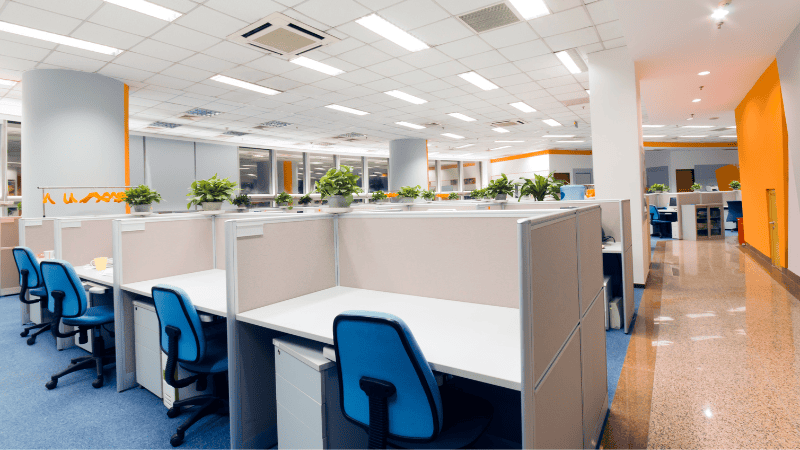
Cool white light (4100 K- 5000 K) is ideal for business and industrial places such as offices, warehouses, and retail stores. This cooler light is better suited for working conditions, improving concentration and allowing better sighting of objects.
A type of light similar to cool white is bright white light, with a temperature rating between 3500K and 4100K, and is typically used in offices for tasks that demand precision, such as reading and dealing with customers.
Warm white light (3500 K- 4100 K) is thus ideal and is commonly used for general illumination in corridors and reception areas. They are warm and white like yellow, but not close enough to be too warm and not too far off from being too cool.
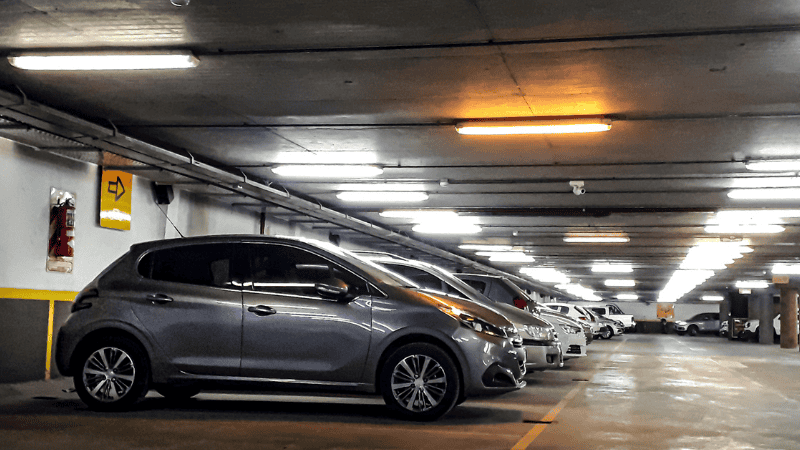
Lighting in the exterior area considers color temperature and CRI to allow for clear vision and aesthetic appeal. Warm white (2700K—3000K) is recommended for patios and pathways to provide a nice warm feel when outside during the evening.
Large, fully open areas like car parks and sports grounds require brighter, clearer light, and cool white light of 4100 K- 5000 K is used. It delivers practical light and serves as an aesthetic embellishment of terrain designs.
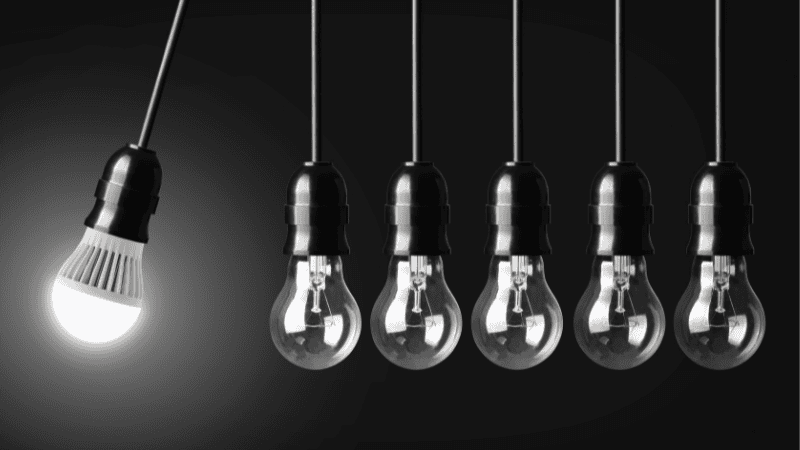
LEDs are an energy-saving series of lighting devices that can considerably reduce power usage. They consume considerably less electricity to create as much light as an ordinary incandescent bulb.
Also, LEDs’ lifetimes are extraordinarily higher than that of a normal bulb. To be precise, LEDs are 25 times more durable than normal bulbs, thus making them cost-effective and eco-friendly for home or business use.
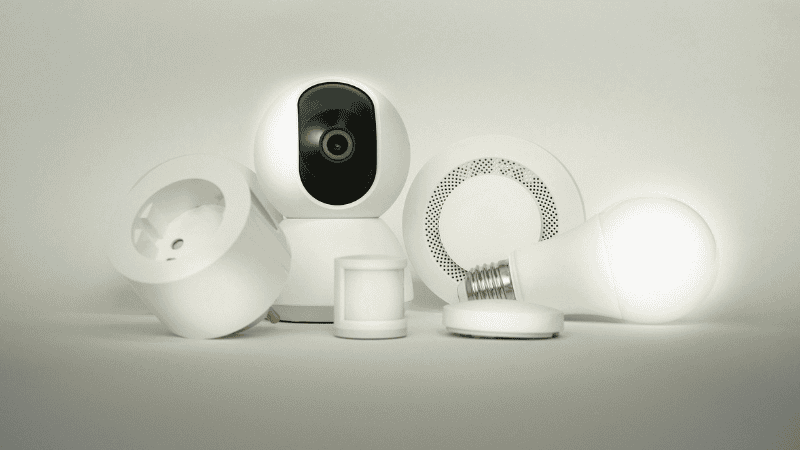
Smart lighting solutions were adopted because they allow the user to select the color light’s temperature and brightness level, among other necessary options. These lighting systems can be operated using a smartphone or tablet to change color and intensity and switch on/off, making them flexible.
Other uses of smart lighting work in conjunction with other smart home accessories like thermostats and security systems, making the home fully automated. These systems offer increased control for the lighting atmosphere, improving both operational purposes and energy use.
3000K color temperature lighting produces a yellowish, warm glow that creates a cozy and inviting atmosphere, perfect for living rooms or bedrooms.
On the other hand, the 4000K light color offers a neutral white light that’s more versatile, making it suitable for task-oriented spaces like kitchens or work areas.

For reading or working, 3500 K- 4100 K bright white light is ideal. It provides a clean, crisp light that reduces eye strain and enhances focus.
It’s commonly used in study areas, offices, and workspaces where clarity and attention to detail are essential.
6000K lighting emits a cool, bluish light that mimics daylight. It is often used in outdoor or industrial settings, providing bright, high-visibility illumination suitable for tasks that require attention to detail or in large spaces like warehouses and garages.
Warmer light (2700 K- 3000 K) creates a relaxing atmosphere and is ideal for unwinding in the evening.
In contrast, cooler light (4000 K- 5000 K) promotes alertness and focus, making it great for work environments or areas where productivity is essential, such as offices or kitchens.
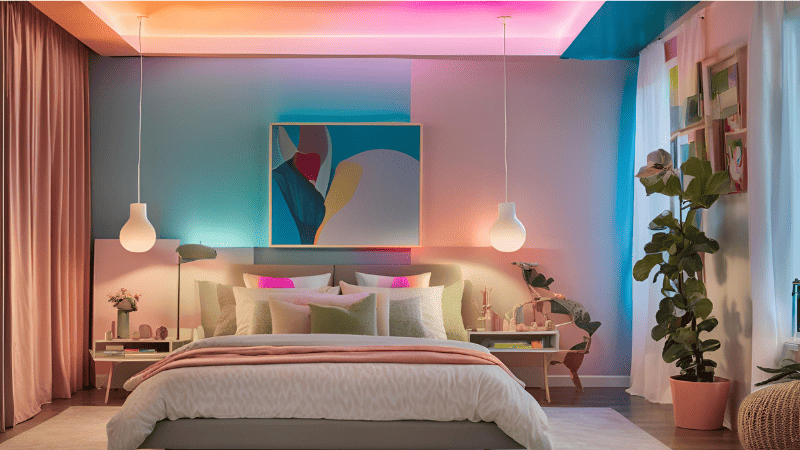
While the color temperature doesn’t directly affect energy efficiency, LED lights are highly efficient regardless of the temperature.
LEDs consume less power and last longer than traditional bulbs, making them cost-effective and energy-efficient for any color temperature.
Need special lighting for your home or office? The right color temperature can completely transform a room, whether you want a cozy, warm ambiance or a bright, energizing atmosphere.
At Risun Corp, we have produced lighting solutions for over 15 years, so we understand our clients’ different requirements. We are a leader in LED technology products, offering excellent products to enhance a space’s aesthetics and utility. Contact us for more details and suggestions.
Comprehensive Lighting Solutions for MRO Wholesalers and Professionals
send your inquiry
Hi, I'm the author of this post, and I have been in this field for more than 15 years. If you want to wholesale lighting fixtures or lighting related product, feel free to ask me any questions.
Learn More >>Download our catalog to view all of our lighting products.
Ready to get started ?
Send Your InquiryOur team will get back to you promptly

please
download
Get notified about new products
Our team will get back to you promptly!
Add your first comment to this post